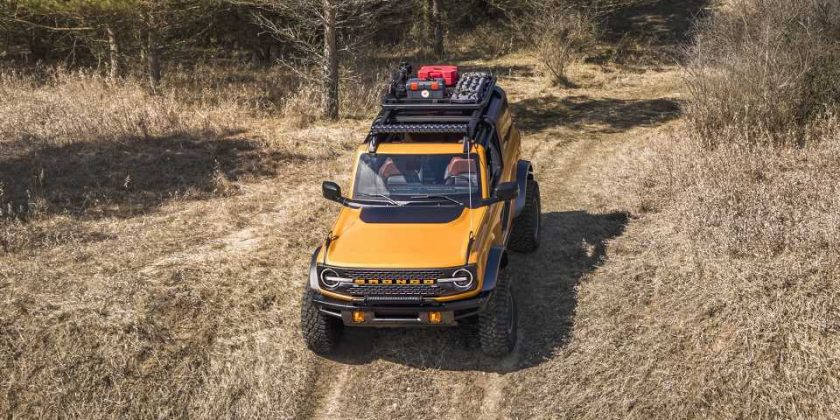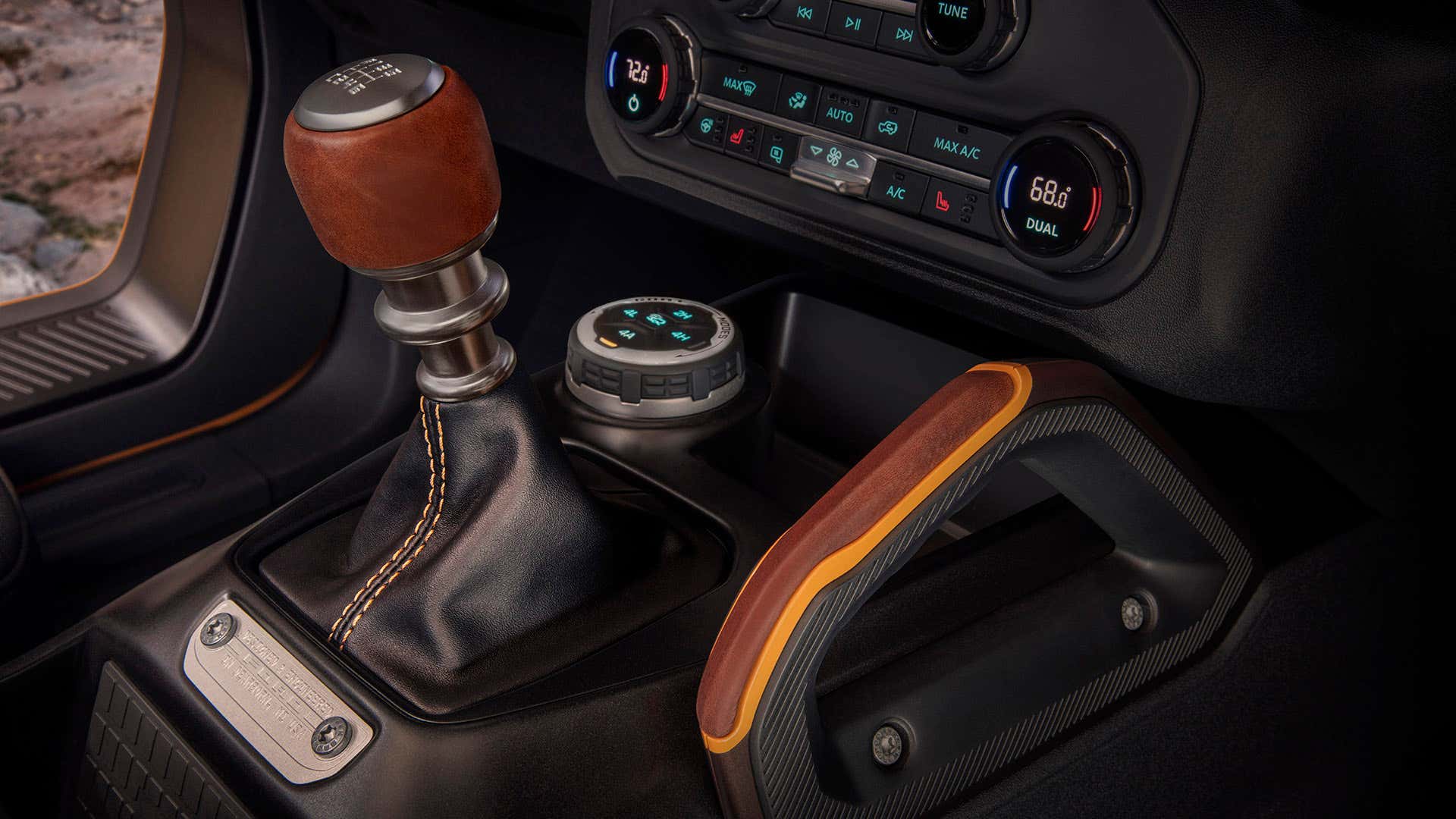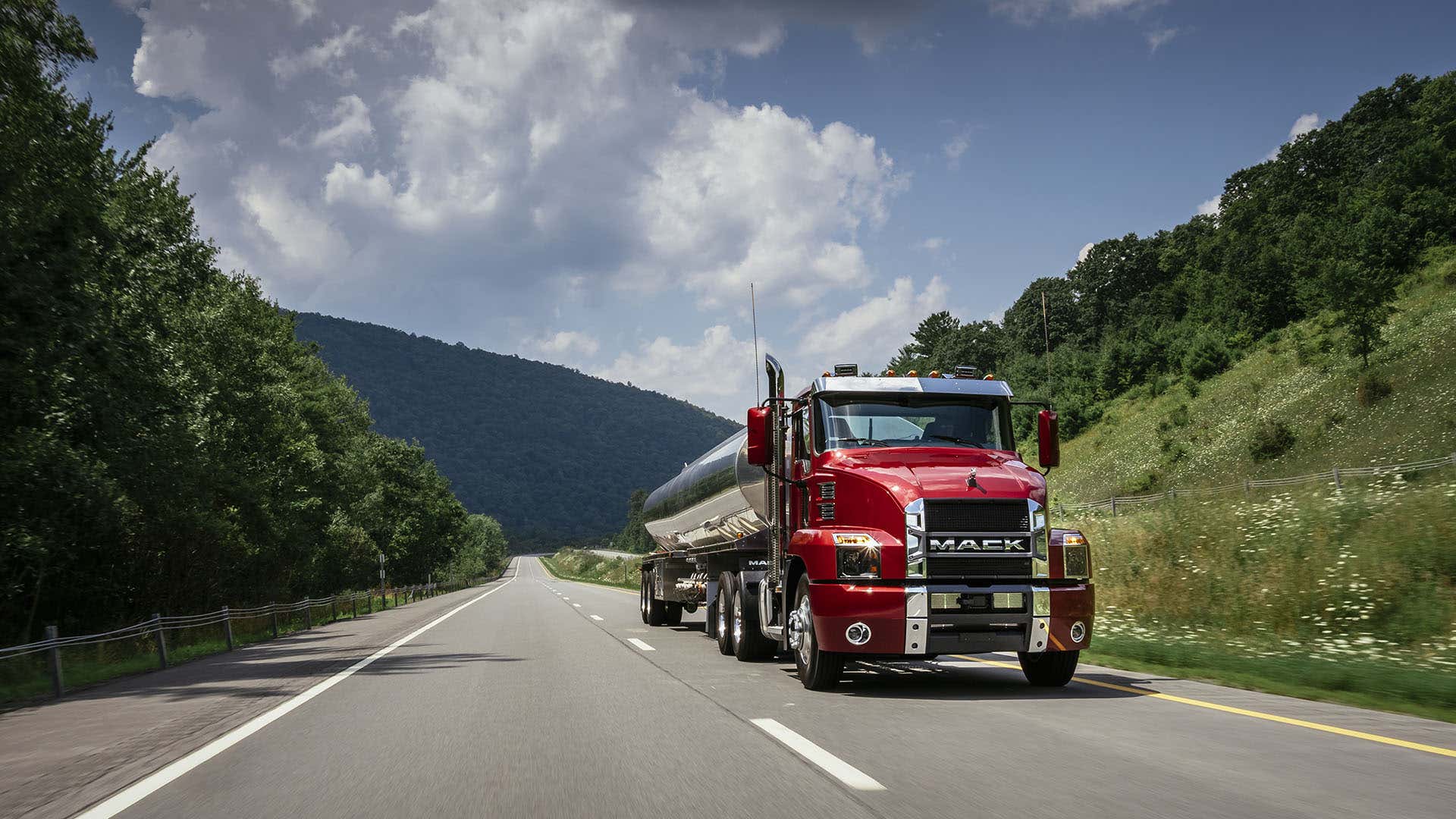The Drive and its partners may earn a commission if you purchase a product through one of our links. Read more.
Anyone who’s crisscrossed the country has likely seen posted signs that read, “No Engine Brake,” “Residential Area Do Not Use Engine Brakes,” and “Engine Braking Prohibited.” These restrictive messages are aimed at semi-truck drivers who have disturbed the region with obnoxiously loud engine braking, but engine braking isn’t reserved for semi-trucks.
Though long-haulers use it more than others, it’s also used by mechanical souls who continue to drive with manual transmissions. Shifting braking responsibility from the brake pads and rotors to the engine can increase safety, decrease maintenance costs, and prove helpful in various situations.
The Drive’s crack info team has driven all over the country and is well versed in the art of engine braking. For your hungry minds, we’ve put together a quick lesson to explain what it is, how it works, and how it affects your car. Let’s jump in.
What Is Engine Braking?
Engine braking is the act of using your engine to absorb energy and slow the vehicle down rather than using the brake pedal and friction brakes to absorb energy and slow the vehicle down. This is achieved by releasing the throttle while in gear.
The Ford Bronco is available with a manual transmission.
Methods of Engine Braking
Different vehicles use different methods of engine braking. We break it down below.
Cars
In an average consumer vehicle with an automatic transmission, engine braking is rarely used, but it’s technically possible to do so by switching from Drive (D) to Low (L). L keeps the vehicle in low gearing, so it will drag the vehicle’s speed down when you let your foot off the gas pedal. Like neutral-dropping while driving, don’t ever do this while driving at speed. It could safely be used by shifting in L before descending down a mountain or hill.
Some automobiles with automatic transmissions that feature the capacity for the driver to change gears, either via paddle-shifters or a console-mounted gear lever, can also use engine braking. All the driver has to do is downshift to a lower gear and, once again, let the lower gear drag the vehicle’s speed down.
Far more common is engine braking in a vehicle with a manual transmission. While in gear, releasing the gas pedal closes the throttle body. Without air to suck into the cylinder, a vacuum is created. This vacuum slows the vehicle down.
Harsher braking can be achieved by downshifting into lower gears, but this can only be done if you really know your car, its rev ranges, and its gearing. Shifting into too low of a gear while traveling at too fast of a speed could shoot the needle above the redline and damage your engine. If you choose to engine brake with a manual transmission, allow the car to slow into the proper range, shift down one gear at a time, and make sure the people behind you know you’re slowing down.
Semi-Trucks
Diesel semi-trucks most commonly use two different methods of engine braking. One technology uses a valve on the exhaust of the engine to create backpressure. This backpressure pushes against the positive motion of the engine and slows it down. The other technology is called a Jake Brake.
What Is a Jake Brake?
Contrary to popular belief, the jake brake has nothing to do with Jake from State Farm. The jake brake is a valve timing technology used by diesel trucks to slow down the vehicle using the engine. In a normal combustion cycle, the process starts when the intake valve opens to let gas into the combustion chamber. The piston compresses the air, spark ignites the air, and the piston goes back down to move the vehicle. The exhaust valve then opens, and the piston goes up to push the exhaust air out of the chamber.
With Jake Brake tech in action, the exhaust valve opens after the first compression stroke to release the air and energy. Without energy to push the piston back down, the system is retarded and the vehicle slows down.
Will Engine Braking Do Any Harm To My Car?
This is a myth. The primary effect of engine braking on the engine is an increase in friction and heat, both of which the engine can handle with aplomb.
What Are the Benefits Of Engine Braking?
There are several reasons why truckers use engine braking so frequently. Let’s examine what makes it so useful.
Reduces Wear On Brakes
The less you use your brake pedal, the slower the brake pads, rotors, and all other parts of the braking system will wear down. That saves the driver time and money by reducing the number and frequency of brake changes. This is especially true with graded roads, i.e. mountains with steep declines.
Reduces Chances of Brake Fade
Brake fade is the loss of braking effectiveness, meaning you won’t be able to stop as quickly or at all. This occurs when the brake pads and brake rotors get too hot and the manufactured friction can no longer create enough negative force to slow the vehicle down. Brake fade typically happens when the brakes are overworked, such as when a semi-truck is braking down a steep hill. By using the engine to slow down, it prevents harsh wear and keeps the brakes cooler by giving them time to breathe.
Added Vehicle Control
Engine braking creates a natural smooth consistent force. Pedal braking can be inconsistent and could potentially upset the balance of the vehicle. Additionally, with the car still in gear, you can hover over the gas pedal for any needed reactionary throttle inputs.
Increased Stopping Ability
If you are engine braking and apply the pedal brakes on top of that, the stopping time should theoretically be quicker.
When Should I Use Engine Braking?
The best time to use engine braking is when gravity increases the vehicle’s momentum and requires more-than-normal energy needed to stop your vehicle. In other words, on a decline. In these situations, using engine braking will help prevent brake fade and consequently make you and your surroundings safer.
A Mack truck drives the mountains.
FAQs About Engine Braking
You’ve got questions, The Drive has answers!
Q: Is Engine Braking the Same As Downshifting?
A: No. In a manual transmission, engine braking occurs simply by leaving the car in gear and letting your foot off the accelerator. Downshifting is the act of shifting into a lower gear. However, because the engine speed will be trying to match the wheel speed when downshifting, it will feel like the car is braking if your downshifting isn’t finessed correctly.
Q: Why Is Engine Braking Prohibited?
A: Engine braking is loud. In areas where semi-trucks constantly drive and brake, the consistent noise can be annoying.
Q: But Is Engine Braking Dangerous?
A: Engine braking in and of itself is not dangerous, but it can be in certain situations. If people are closely following your vehicle, they will not be alerted that you have chosen to engine brake, as this method does not use rear brake lights like normal pedal braking. This can be especially dangerous if you engine brake at night or on a hill.
Q: Is Putting Your Car In Neutral Bad?
A: Technically, with an automatic transmission, shifting into neutral while driving is not a huge issue. Putting it back into drive while in motion, however, can be jarring on internal components.
Q: What Happens If You Rev Your Car Too Much?
A: You’ll look like a try-hard, waste gas, and damage your car if you spike over the redline. If you’re into that, hate cash, and love repairing your car, go for it! We’re not your mothers.
Let’s Talk, Comment Below To Talk With The Drive’s Editors!
We’re here to be expert guides in everything How-To related. Use us, compliment us, yell at us. Comment below and let’s talk! You can also shout at us on Twitter or Instagram, here are our profiles.
Jonathon Klein: Twitter (@jonathon.klein), Instagram (@jonathon_klein)
Tony Markovich: Twitter (@T_Marko), Instagram (@t_marko)
Chris Teague: Twitter (@TeagueDrives), Instagram (@TeagueDrives)
Featured Products
Capri Tools Vacuum Brake Bleeder
Prestone DOT 3 Synthetic Brake Fluid
Akebono ProACT Ultra-Premium Ceramic Brake Pad Set
Got a question? Got a pro tip? Send us a note: [email protected]
Source: Read Full Article


